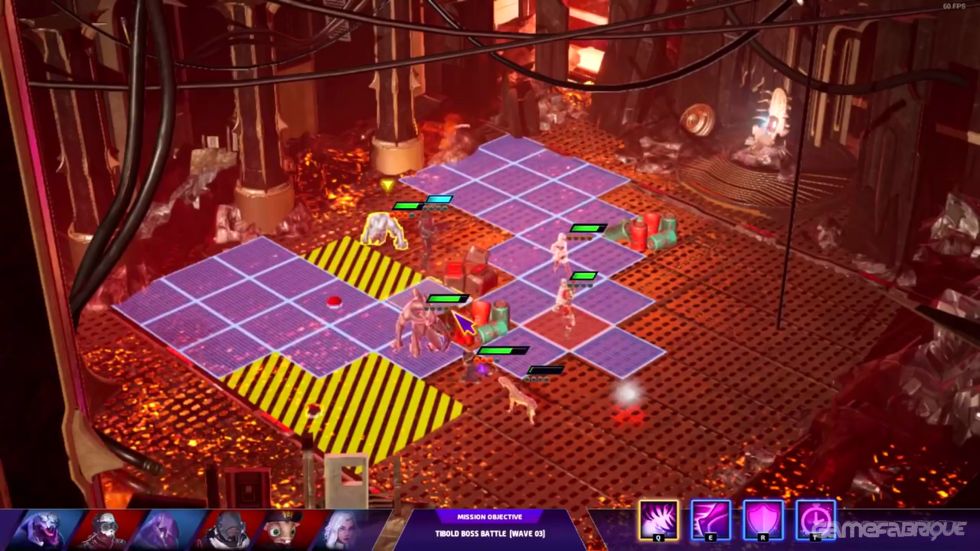
Will any of this correct what has been lost is anybody's guess. A PIL against the minister's alleged wrongdoings has been admitted in the Delhi high court. Rather, the compulsions of coalition politics may even force the PM to publicly defend him. The PM has done nothing to restrain the minister in the past, so is unlikely to do so now.

Countless letters to the PM appealing for accountability and redress have gone unanswered. Money that rightfully belongs to the exchequer went into the pockets of rich industrialists. This allowed new licensees to profit by wooing those very foreign companies that were strategically denied entry as a result of the arbitrary September 25 cut-off date. While pretending to ban windfall gains for new licensees, a strategic opening for acquisitions was left open. Later TRAI's guidelines on mergers and acquisitions were suitably amended. Raja says these documents favour FCFS while his critics, including TRAI, point to a clear vote for auctions in the same documents. The minister took refuge in a 2003 cabinet decision by the NDA government and a single paragraph from Telecom Regulatory Authority of India's (TRAI) 178-page recommendations of 2007 in defending himself. The FCFS rule ensured that telecom companies had to engage in fist fights to secure a priority position in the spectrum queue. Then, on January 10 this year, with just a few hours' notice, Raja allocated 120 licences for roughly Rs 9,000 crore. The pressures of coalition politics kept the prime minister and finance minister at bay. No explanation was given for these decisions. This helped him to arbitrarily hand-pick nine out of the 46 companies that had applied for 575 licences. Later, the minister made September 25, once the date of announcement of cut-off, the actual cut-off. Clearly, three days are not enough to find a partner, get FIPB clearance, or bring in paid-up capital. This ensured that no global firms could apply.

Suddenly, on September 25, 2007, he said the window for applications would close on October 1. A few companies with unknown credentials and a few realtors with no telecom background filed for telecom licences/spectrum after he took office in May 2007. The minister's modus operandi was worryingly simple. Barely 10 months later, some new licensees struck lucrative equity deals at seven times this price without a single penny being invested in infrastructure. He also used a first-come-first-served (FCFS) norm to give away spectrum to select companies in January. There are many allegations against the minister apart from favouring a 2001 price of Rs 1,651 crore for pan-India spectrum. Now, close to the end of his term, he is valiantly offering to resign, which hardly helps the situation. Even if his arguments are valid, there is no law or power that restricted him from seeking an open, transparent auction in 2008 at a time when investors were queuing up for licences and spectrum in India. Telecom minister A Raja is at a loss to convince the media, the opposition and telecom stakeholders why he sold spectrum, a scarce national resource, at a fraction of its value to private companies, causing a staggering Rs 51,000 crore loss to the exchequer.


 0 kommentar(er)
0 kommentar(er)
